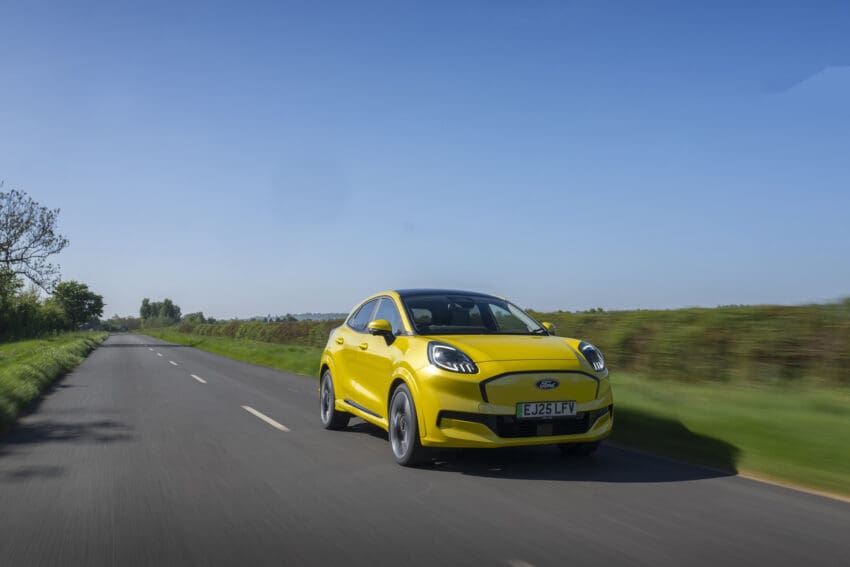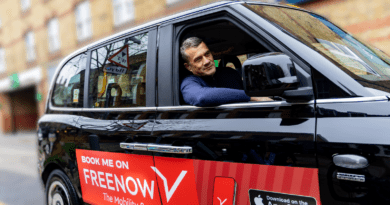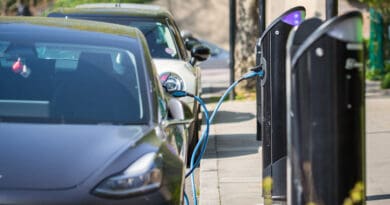
Why September could be a bumper month for EVs
Thom Groot, CEO of The Electric Car Scheme examines the immediate impact of government incentives on electric car adoption
Demand for EV’s is high. People are increasingly understanding the advantages that electric vehicles offer, and technological advances are making issues such as range anxiety less of a problem.
There is, really, only one big barrier to mass EV adoption, and that is affordability. More than half of Brits (54%) highlight affordability as the biggest barrier to getting an electric car, above any other blocker. This might not be a surprise, but it doesn’t make it any less valid in explaining the slower-than-hoped-for uptake in what is still a market finding its feet.
One of the ways we can see this in practice is the introduction of ways to reduce this barrier brought in by the Government and the impact that has on demand. In the first week after the announcement of the new Electric Car Grant, we saw a 25% jump in enquiries for lower cost EVs at the Electric Car Scheme. This undoubtedly reflects a desire to make the transition to electric as soon as it is affordable to do so.
This is why I believe that this September, with the introduction of the new 75 plates, is going to be a record month for EV sales. The added incentive of government grants to increase affordability even further, alongside existing mechanisms such as salary sacrifice will have a hugely positive impact on demand and decisions.
We have already seen some encouraging data from the SMMT from the August figures on car registrations, with 26.5% of these being BEVs. This is still some way behind the government’s targets but represents the highest share in the whole of 2025 so far.
While the overall numbers were lower, as you might expect in the busiest holiday month of the year, it is good to see that it was BEVs that held their ground best in comparison to other categories and still saw strong year-on-year growth.

Uptake of EVs is limited, more than anything else, by the upfront cost of the cars, so a month with record support for the sector is likely to see the highest proportion of BEVs sold than ever before. We could even see one of the first months where the government’s targets are met.
For someone leasing a Ford Puma Gen-E, one of the EVs that qualify for the full grant, through salary sacrifice, the savings are over £8,000 over the course of the lease. This discount will make a significant difference for many drivers who are already on the verge of making the jump to electric cars.
Equally, the Renault 5, one of the most sought after new models on the market, which qualifies for a £1,500 grant, could see £5,928 of savings for drivers over the course of the lease with salary sacrifice.
These grants are a welcome boost for the EV industry, and while some may have liked more models to qualify for the full amount, there does have to be a line drawn somewhere, and even the £1,500 grant is going to make a big difference for thousands of consumers teetering on the edge of making their next car an EV.
We are expecting to be exceptionally busy during September, which is just how we like it, and it reflects something of a tipping point for EVs in the UK, as new cheaper models become available and effective government incentives remove barriers that are somewhat inevitable for a new technology. I can’t wait for the September figures.





